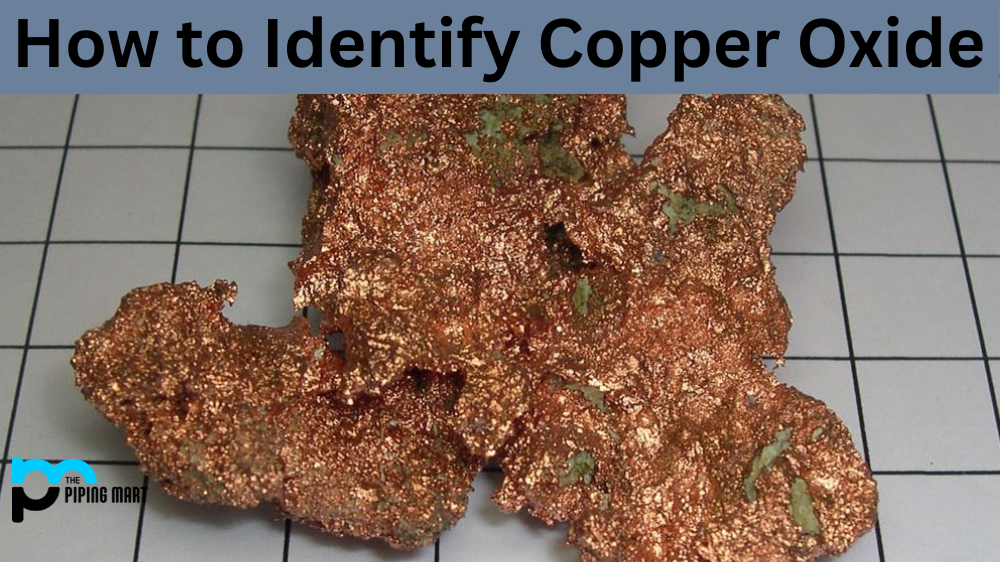Copper oxide is a chemical compound that can be found in various forms. It is used in many industries, including electronics, metallurgy, and mining. But before using copper oxide for any purpose, it must first be identified. In this blog post, we’ll discuss identifying copper oxide and the different methods available to do so.
Visual Identification of Copper Oxide
The most obvious method of identifying copper oxide is by looking at it. Depending on the form of the compound, it may appear as a black or dark gray powdery substance or as a reddish-brown solid material. Its color and shape can also provide clues about its composition. For example, if you see red particles mixed with black particles, then it’s likely that the red particles are made up of iron oxides, and the black particles are made up of copper oxides.
Laboratory Testing for Copper Oxide
Laboratory testing may be necessary if visual identification is not enough to confirm whether or not something is copper oxide. Several tests can be used to identify copper oxide in a sample. These include X-ray diffraction (XRD), infrared spectroscopy (IR), and ultraviolet-visible spectroscopy (UV-Vis). Each test works differently, but all three will provide information about the composition of the sample and whether or not it contains copper oxide.
Chemical Tests for Copper Oxide
Another way to determine if something contains copper oxide is through chemical tests such as flame tests and acid digestion tests. Flame tests involve heating a sample until it produces an orange flame. In contrast, acid digestion tests involve combining samples with acids to produce distinctive stains in glass tubes which indicate whether or not copper oxide is present in the sample. Both are reliable methods for determining if something contains a copper oxide, but they require specialized equipment and should only be performed by trained professionals in a laboratory setting.
Conclusion:
Identifying whether or not something contains copper oxide requires careful examination using visual inspection techniques and laboratory testing such as XRD, IR spectroscopy, UV-Vis spectroscopy, flame tests, and acid digestion tests. With these methods, you can accurately determine if something contains copper oxide so that you can make informed decisions about how best to use it for your purposes. Regardless of which method you choose for identifying your sample, always remember to exercise caution when handling potentially hazardous materials like chemical compounds such as copper oxides!

Abhishek is a seasoned blogger and industry expert, sharing his insights and knowledge on various topics. With his research, Abhishek offers valuable insights and tips for professionals and enthusiasts. Follow him for expert advice on the latest trends and developments in the metal industry.




